Floor framing rot/crawlspace moisture
Hi Everyone,
I am almost certain at least one of you if not a bunch have run into the situation I have. I am starting to work on a crawl space repair. This crawl space has suffered from many problems. One of the 1st was when it was built. The floor was framed with 2 x 8 spf joists, 16″ OC with a clear span of 13′. A large part of this floor is in the high traffic areas of the kitchen and dining room. Some of the floor is in the bedrooms. Now to make things worse. The floor used to have fiberglass batt insulation placed in the bays between the joists. The crawl space floor-dirt- had no vapor barrier. The ground around the house is very wet. If you dig down 2′ you will get water in the hole quite often.
The bottom 1″ of 75% of the already overloaded floor joists are rotted. The sill plate is rotted in many places. The main beams down the center of the crawl space are staring to rot along the bottom edge and on the 2 outside plies. Both the beams and the floor joists are also sagging. Gets scarier with every word don’t it? My conclusion is that when the insulation was still in the bays it kept the plywood subflooring and the top 6 inches of the floor joists warm during g the winter which kept moister from condensing in those areas. The bottoms of the joists, the sill plates (not treated-house built back in the 70’s), and the main beams got very cold in the winter and all that moisture condensed on them and well, rotted. The wood is not falling off, but you can break it off with your bare hands.
The insulation was removed from the bays and discarded within the last 5 years. An inside tile and sump crock/pump was put in, ( No tile, crock or pump was ever put in when the place was built) and many pieces of thin cheap poly were placed over the dirt floor with just as many gaps.
While these things definitely helped to keep the floor from collapsing, more needs to be done or it will collapse someday. My plan is to place a new concrete pad and an adj. jackpost in between the existing ones supporting the main beam-which will cut the current 4 ply beams 4 spans of 9’6″ in half. Then I am going to place a new beam at the midpoint of the floor joists span, also cutting their span in half. This beam will be an LVL supported by new pads and jackposts at the proper spacing. The rotted wood on the bottom of the floor joists that will be sitting on top of the new beam will be removed first and hardwood wedge/shims will driven in between the beam and bottom of the joist and glued. This will keep the load path continuous. I was then going to install a high performance vapor barrier over the dirt floor (After the dirt from the pad holes is spread out). I have used Ravens high perf. poly films in past jobs. This poly will be run up the foundation walls and caulked to them. All cuts around piers and jackposts will also be caulked. I was then going to run a dehumidifier in the crawl and have it drain to the sump crock. I was going to close off the foundation vents and treat the area like a shallow basement. The owner says it stays fairly warm down there in the winter. The house has electric heat in the ceiling-so I can’t crack open a heat duct down there to help temper it. I know there are a lot of the little details like replacing any wood that is rotted beyond saving and getting concrete in the crawl, etc. most of which I think I have worked out.
So am I going down the right path or am I nuts:-) Please let me know your thoughts.
Thank-you in advance.
Logguy
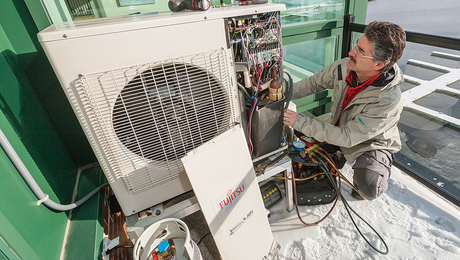

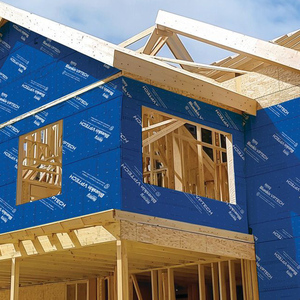
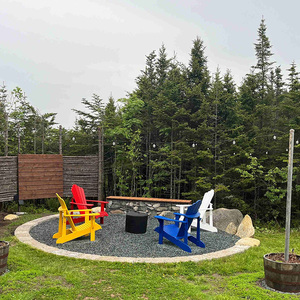
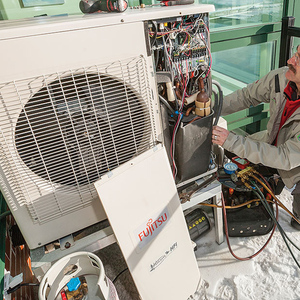
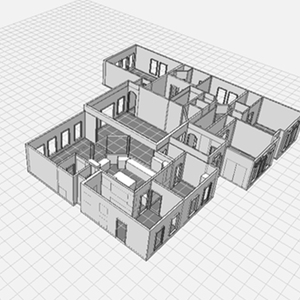













Replies
Greetings Logguy,
As a new poster Welcome to Breaktime.
This post, in response to your question, will bump the thread through the 'recent discussion' listing again which will increase it's viewing.
Perhaps it will catch someone's attention that can help you with advice.
Cheers
I have done a lot of jobs just like the one you described here on the Chesapeake Bay. Many of the waterfront houses were built in the 30's and continually added onto. All of them had dirt crawlspaces, some as little as 12" clearence.All of them have the problems you described. It seems you are on the right track. However, all the lumber I use is pressure treated and I sister a lot of the floor joist instead of shimming under them for the new support beam. I also sister dbl 2x on each side of the main support beam and build new support columns on concrete pads instead of lugging a new LVL under there. Good detail on laying down the plastic will go a long way on controling moisture.
With that quantity of ground moisture, isn't it standard practice in your area to provide cross ventilation along the rim joist in crawl space construction? That and replacing the bat insulation between joists should solve your problem... well, help it out a lot.
The thought of using new pressure treated material for sills and sistering to existing joists also sounds like a winner but a lot of work. This could be your ultimate fix however.
Loguy,
I used to do a lot of crawl space repairs. Several things came to mind reading your post.
The sagged joists may not jack back up like you think.
The LVL s are not a good idea in a wet environment and usually are taller than the existing girder placing them even closer to the grade.
Regrading the perimeter and/or installing french drains can lead to very simple techniques with poly vapor barriers. I like to put poly in with 6" of sand exposedat the perimeter so some moisture escapes.
It is always a better looking job to use matchng piers instead of steel jacks.
The mid spans will be easier to lift if you pour continuous footins for the new girder. I've had 30 x 30 piers tilt as soon as the jacks started lifting to get the piers in.
I charged 50.00 per joist l&m, 70.00 a running foot for footing, girder and piers, 50.00 per foot girder or mudsill replacement........10 years ago, had many days making well over 2000.00 profit per day.
Check out the gutter and downspout drains. Poorly operating gutters and drains maybe adding gallons of water to the crawl space.
Check the lay of the land at the perimeter of the house where there should be a slope away fro mthe house of a minimum of 6" in 10 feet. There should also be a minimum of 6" of foundation wall between the bottom of the mud sill and the ground's surface.
What state do you live in? What climate are you dealing with? What is the foundation's construction? What is the exterior of the house? What soil types are present? Where does the clothes vent? Are there any hidden plumbing leaks?
.............Iron Helix
Edited 11/22/2007 7:22 am by IronHelix
Isn't there something like a water sealer you can paint on joists to protect them?